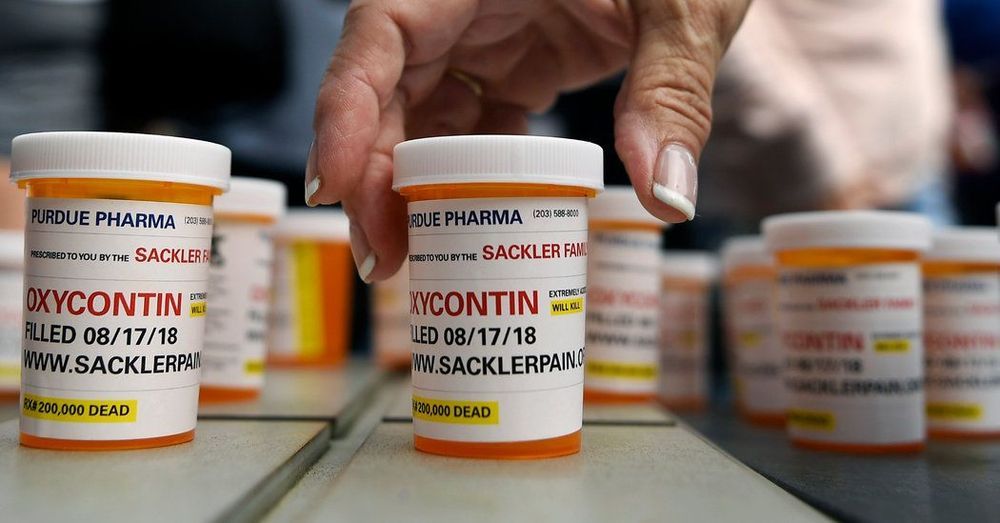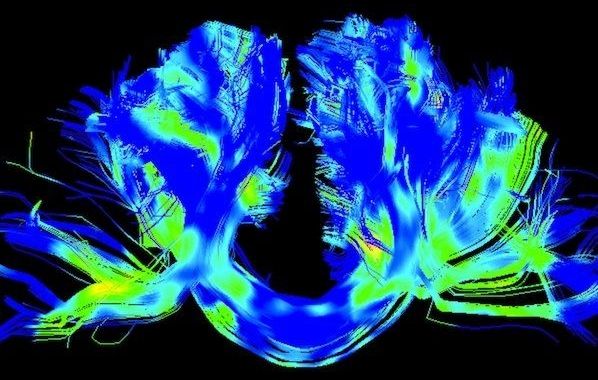WASHINGTON — A new study offers some of the strongest evidence yet of the connection between the marketing of opioids to doctors and the nation’s addiction epidemic.
It found that counties where opioid manufacturers offered a large number of gifts and payments to doctors had more overdose deaths involving the drugs than counties where direct-to-physician marketing was less aggressive.
The study, published Friday in JAMA Network Open, said the industry spent about $40 million promoting opioid medications to nearly 68,000 doctors from 2013 through 2015, including by paying for meals, trips and consulting fees. And it found that for every three additional payments that companies made to doctors per 100,000 people in a county, overdose deaths involving prescription opioids there a year later were 18 percent higher.






